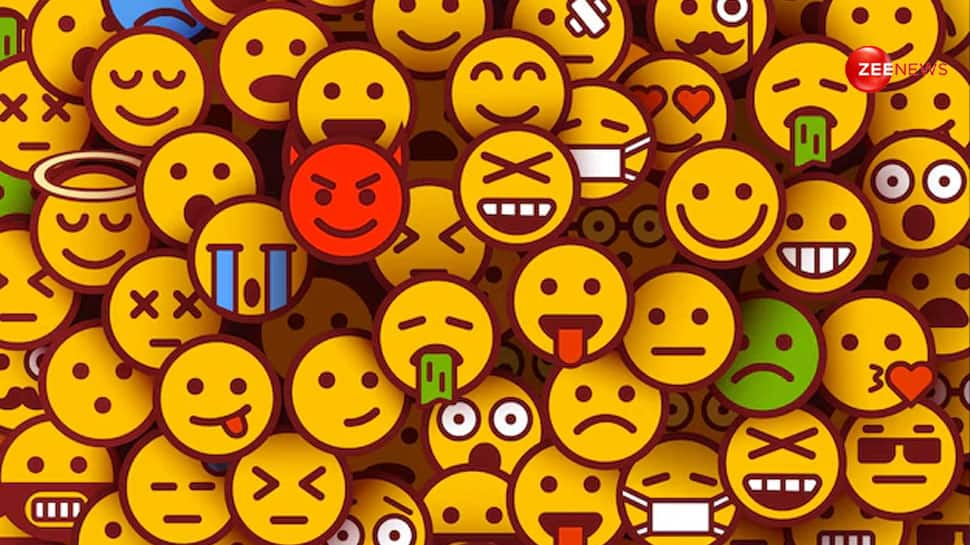On July 17 we celebrate World Emoji Day, a time to honor the variety of symbolic images used in digital communication. Before emojis, emoticons (emotion + icons) were created to express emotions in text. Shigetaka Kurita coined the term “emoji,” a Japanese phrase meaning “picture words,” in the 1990s. In an effort to appeal to teenagers, Kurita created these graphic phrases as a feature on their pagers while working at Japanese telecommunications company NTT DoCoMo.
Importance
World Emoji Day honors the importance of emoticons in today’s communications. These concise, emotive icons have become essential to digital interactions as a way to quickly communicate thoughts and feelings. Emojis give text messages and social media posts a level of emotion and clarity that words alone often cannot. Emojis are interchanged billions of times a day, reflecting their wide availability and adaptability. The ever-growing collection of over 1800 emojis, covering a wide range of topics from emotions to transportation, food, animals, social media, weather and body functions, is updated regularly at Emojipedia.org.
History
Emoticons used in text messages and online conversations are the source of emojis. The earliest emojis are often thought of as the heart icons on a 1995 pocket bell pager. Inspired by Japanese comics, Shigetaka Kurita created the first set of emojis in 1999. These emojis, which were previously only available in Japan, were eventually added to the Unicode standard and became widely usable. The popularity of emojis increased dramatically when Apple added them to the iPhone in 2007. Different skin tones were introduced in 2015 in an effort to promote inclusivity and diversity. Emojis, which were originally an Asian phenomenon, are now widely used in communications globally. Celebration emojis are used to show joy on occasions such as birthdays, anniversaries, and births. Emojis, which evolved from emoticons, are now used globally to improve digital communications.
Emoji and emotional expressions
Emojis are colorful ideographs that resemble faces or other objects such as food, animals, hand signs, etc. They are often larger than letters of the alphabet. Emojis attempt to replace non-verbal communication as much as possible, and are often used in addition to written language. Emojis are therefore an excellent way to compensate for the absence of non-verbal cues in textual communication such as body language, facial expressions and voice intonation. In particular, facial pictographs facilitate emotional communication by encouraging the expression of emotional states and feelings.
3 ways to celebrate
- Explore emojis.
- Send these to your loved ones.
- Share on social media using the hashtag #WorldEmojiDay.
